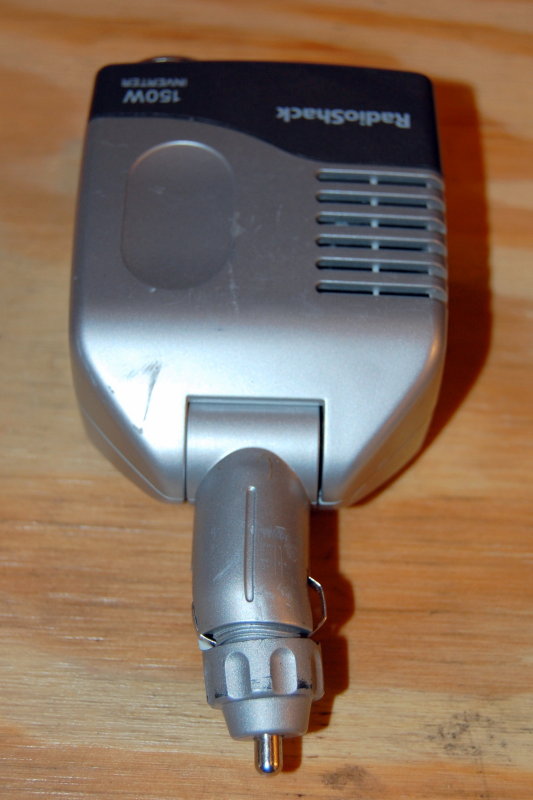The site I used doesn't disagree with either of those sites. Both the awgcalc and the imtra chart are showing that for a maximum allowable drop of 10% you need a minimum of 6 awg, they are not saying that that 6 awg has a 10% drop.
You can see from my more precise calculation, that aligns perfect as the actual voltage drop is 6.5%, which is higher than the next increment (5%) your tool gives as an option, but less than the 10% max selected.
What is the distance between the batteries and the switch, and from the switch to the bus? Is this included in your measurements as it should be.
the distance from the battery to the connection of the 6 awg wire is (round trip) 6 or 7 feet (depends on which battery you are looking at), and it is 4 awg wire
If your panel has a 60 amp main the inverter would be ok as long as it is the only load. If you plan on other loads at the same time (lights, etc) it should be upgraded.
All the lights are LED and if I had every single one of them on at once (including Nav and Anchor lights) it would draw about 2A, so the biggest remaining drains are the chart plotter (3A max), VHF (3A?, when transmitting @ full power), and the bilge pump (fused at 3A), and the LED spreader lights (1.6A). That means at absolute peak I could use I would be drawing roughly 15A.
Could I draw more than the 60A main breaker allows if the inverter is pulling 50A, yes, but I would have to make a very deliberate attempt to do so... That is also why I chose a 60A main breaker. My research indicated that was the most that was safe to pull from a 6 awg wire for any sustained length of time.
My thought was that I would put breakers in place sized to the safe limit for the wires, and before any dangerous load limits were reached the breaker would have tripped. If the inverter is operating at max load (just because it's on doesn't mean it's pulling 50A), it might be able to pop it's own breaker, or even cause the main breaker to pop if there is a lot of other things generating additional load, but isn't that why the breakers are there, to shut things down before you draw so much load you overheat the wires and risk a fire?
Is the inverter going to be able to output a full 600w for a sustained period? sounds unlikley, but as long as I'm not putting the boat or people on the boat at risk with an unsafe configuration I don't care if I can sustain the full 600W rating. If I could get a 400W inverter with a remote panel I would, but I have not been able to find one.
Between the voltage drop from the gauge/distance and because of the voltage drop your batteries will have when they are expected to supply up to 60 amps you may be surprised at the voltage the inverter is supplied with. I do not know how large your battery bank is but it appears from the schematic to be 2 single batteries on a 1/2/both switch.
The bank is rated on the labels at 140AH in total, and yes it is just two batteries with a 1/2/B switch. Any inverter useage by requirement of the size of the bank, would be limited, and for short periods.
As I posted I would never power an inverter from a main panel - the proper way is to wire direct to the batteries with proper fusing and short runs of the appropriate wire size.
I am definitly open to this idea (it would locate the inverter in an easier to work on area we well), but I cannot seem to locate information on how far from the inverter the remote panel can be. There seems to be no documentation on the length of the wire for the remote panel for promariner, and I cannot tell what kind of connector is on it to see if it can be extended. From the picture it looks like it is not more than 10 feet, which is probably not going to reach.
The Xantrex PROwatt SW 600 Inverter has a 25 foot wire for the remote which would be more than enough to allow for this, but MS made a good case for steering my business away from them...






